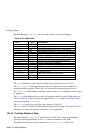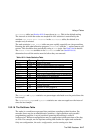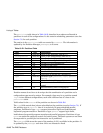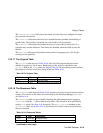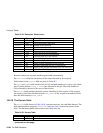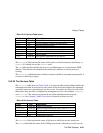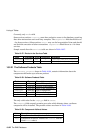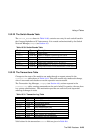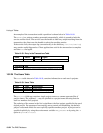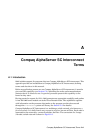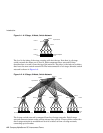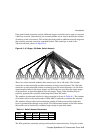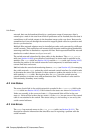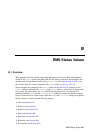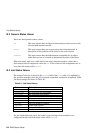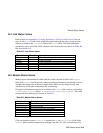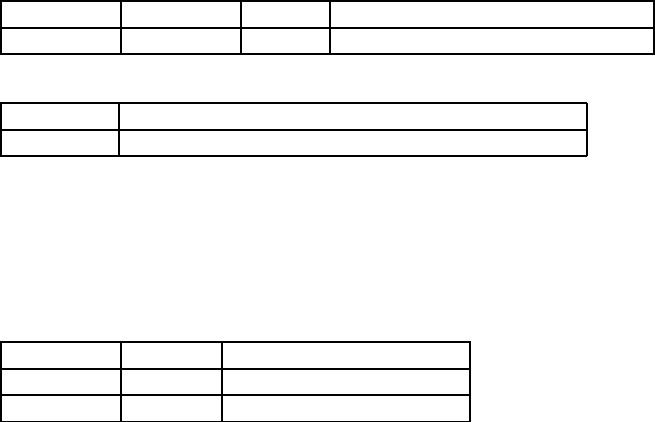
Listing of Tables
An example of the transaction to add a partition is shown below in Table 10.32.
The handle is a unique number, generated automatically, which is passed to both the
service and the client. The service uses the handle to label any output resulting from the
transaction; the client uses the handle to select the resulting entries.
If the service fails, the output log (conventionally in the directory /var/rms/adm/log)
may contain useful diagnostics. Client applications wait for the transaction to complete
and then cat the logfile.
Table 10.32: Entry in the Transactions Table
name status handle logfile
rcontrol complete 44 /var/rms/adm/log/tr44.log
username args
rms create partition=login nodes=’n[0-3]’
10.2.24 The Users Table
The users table shown in Table 10.33, contains information on each user’s projects.
Table 10.33: Users Table
Field Type Description
name char(16) login name
projects text list of the user’s projects
The projects field may contain a single project name or a comma-separated list of
project names. The wildcard, *, may be specified as a project name denoting that the
user is a member of all projects.
The ordering of the names in the list is significant: the first project specified is the user’s
default project. For purposes of accounting, access control and scheduling, the default
project is assumed unless the user explicitly specifies another project. A project can be
specified explicitly by using the environment variable RMS_PROJECT or by using the -P
option to prun or allocate.
10-24 The RMS Database



